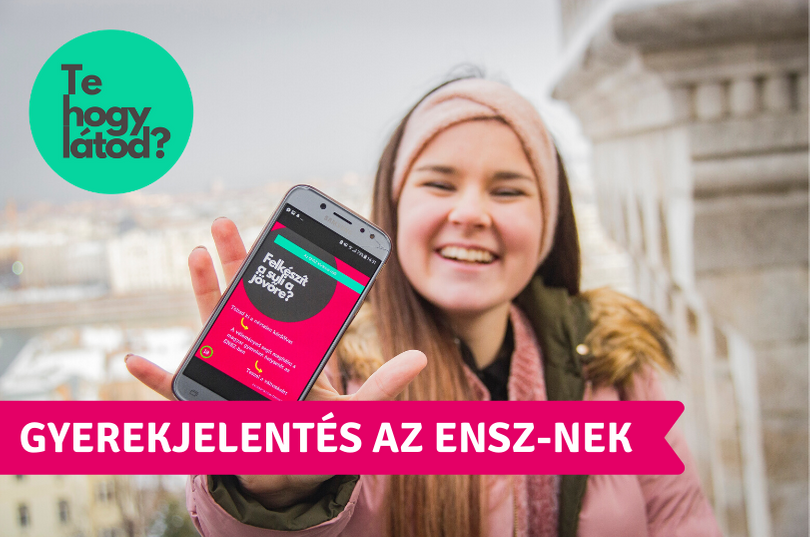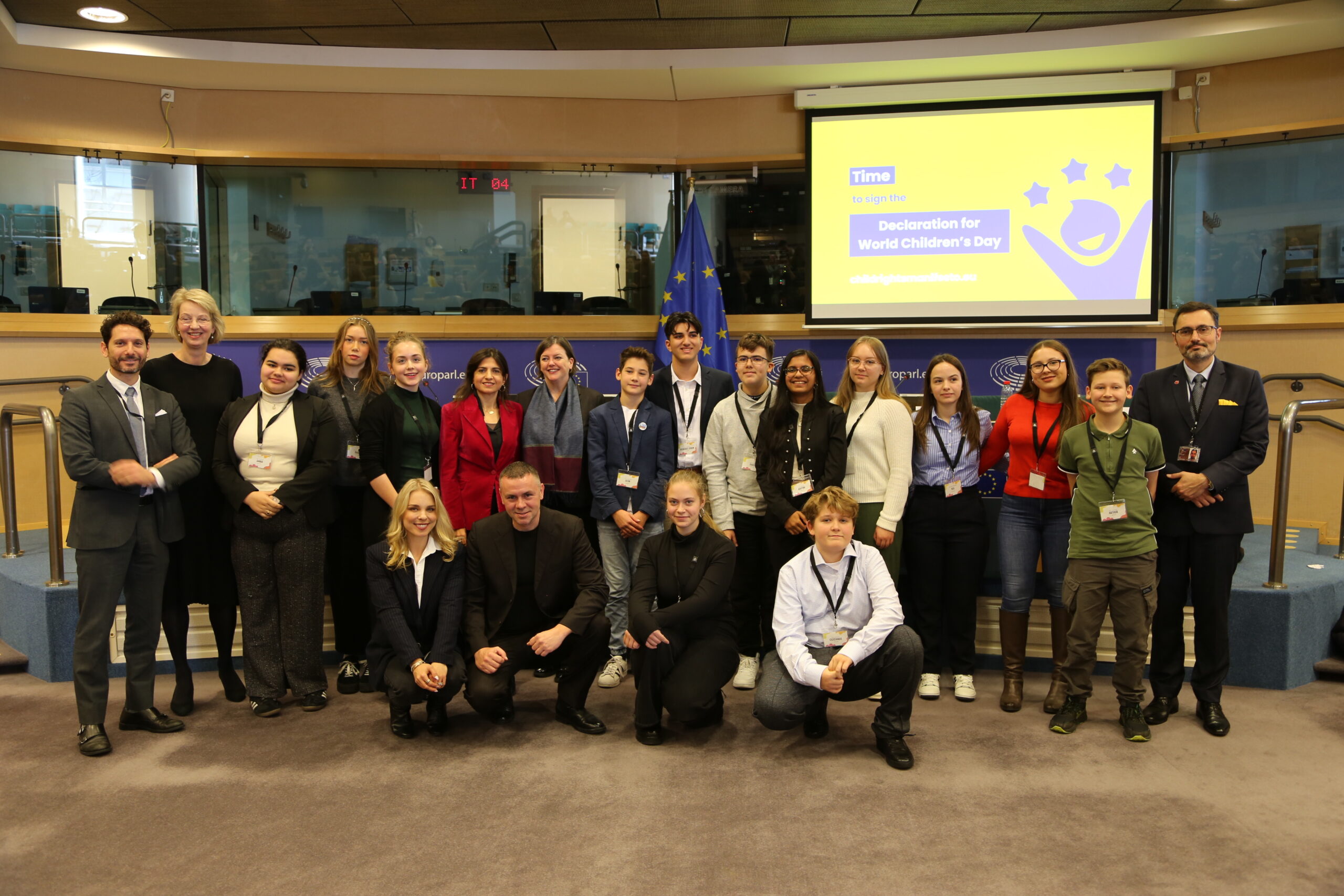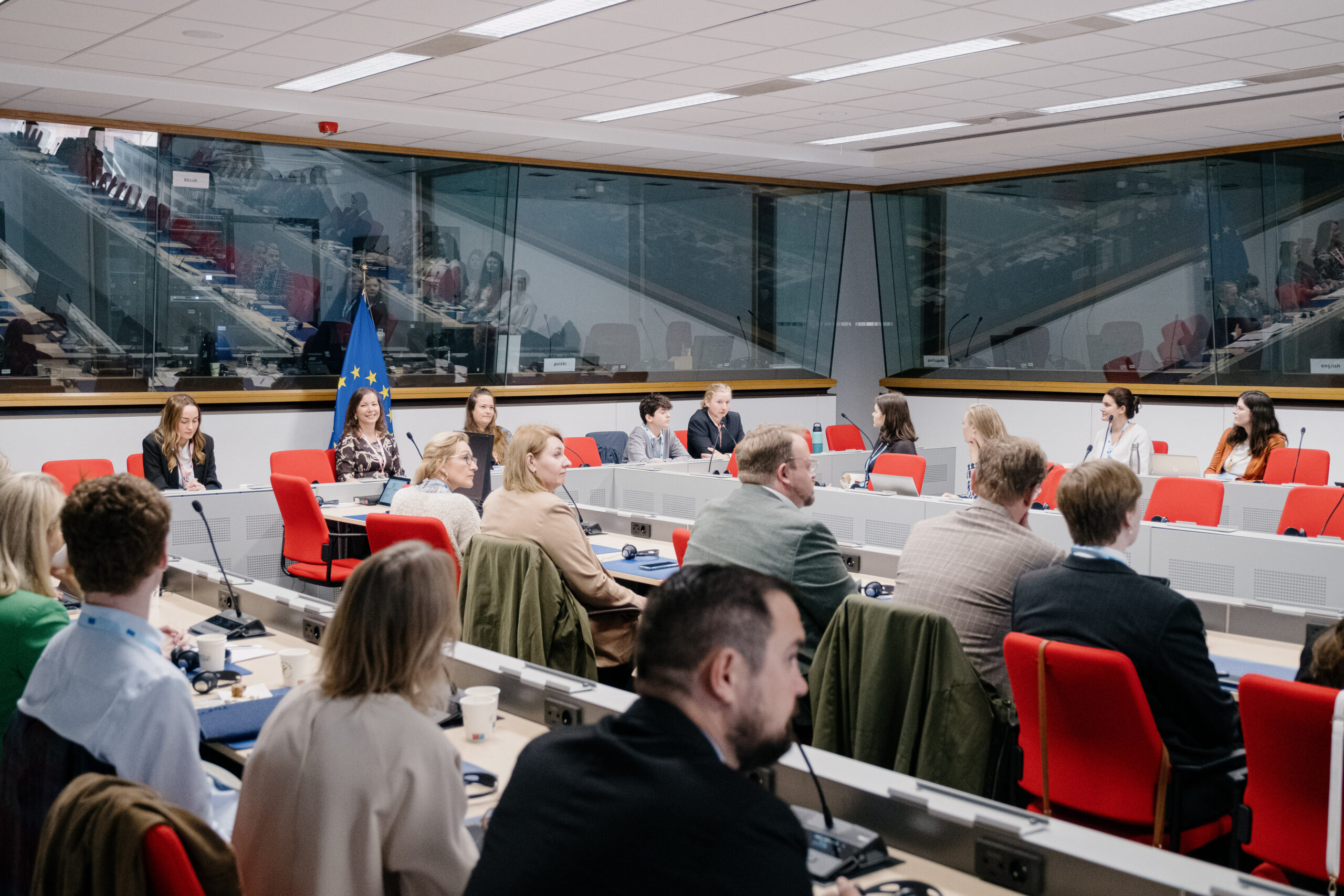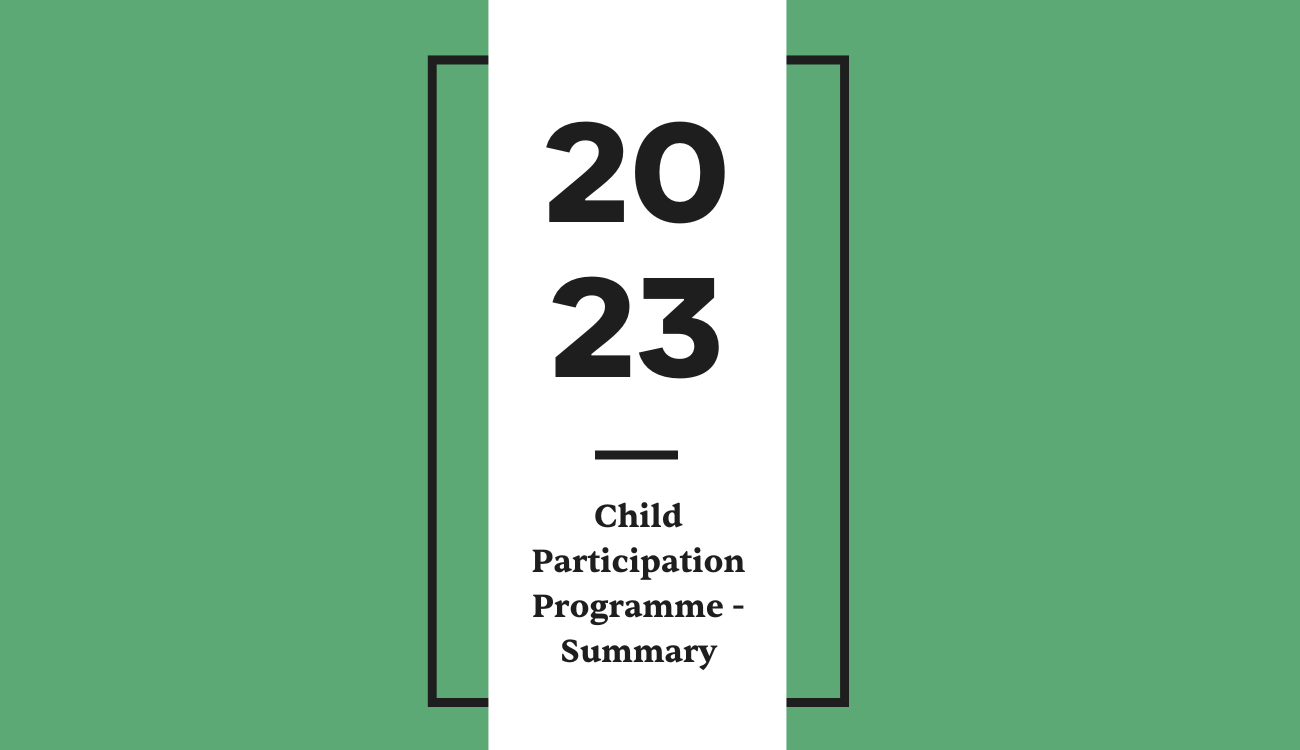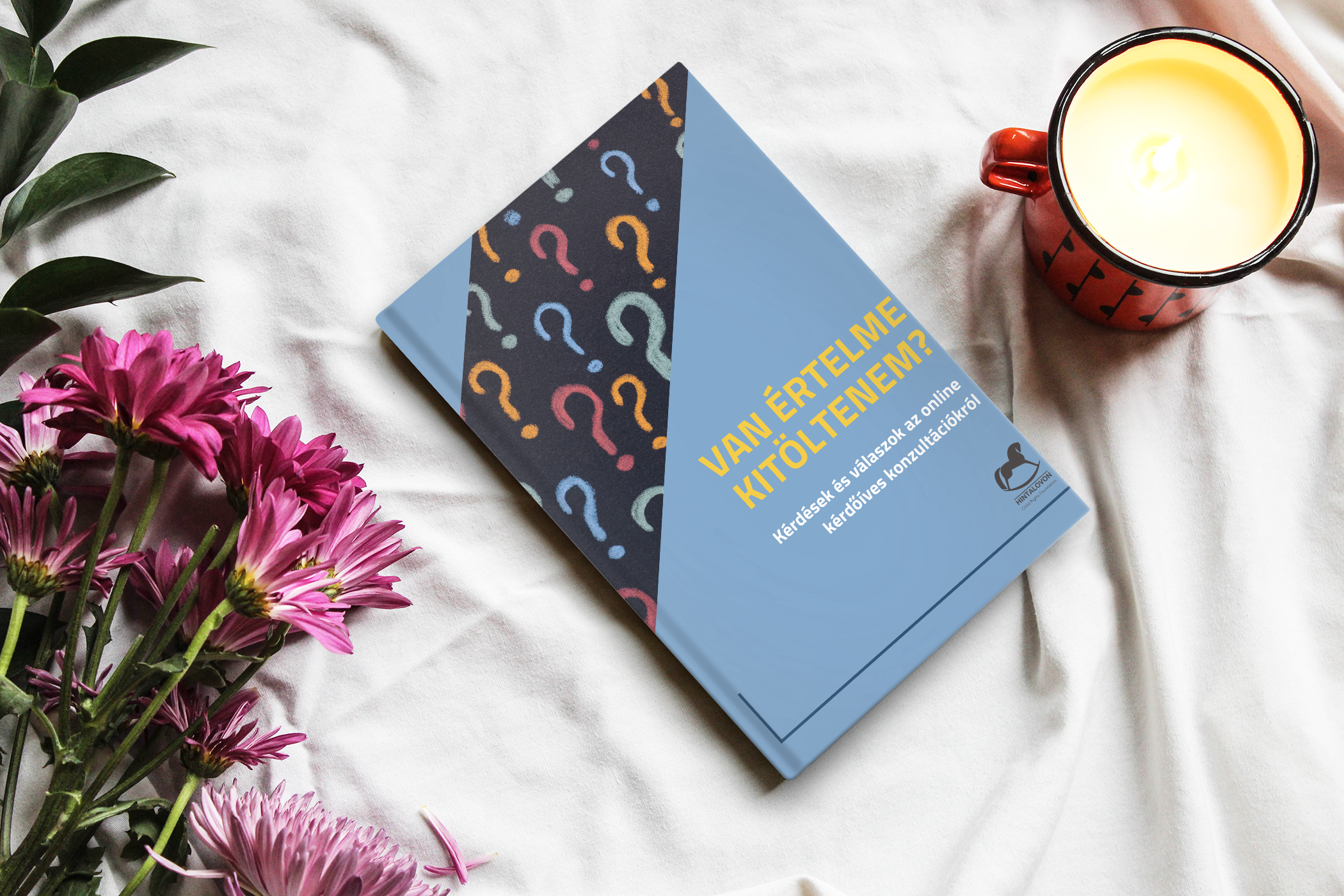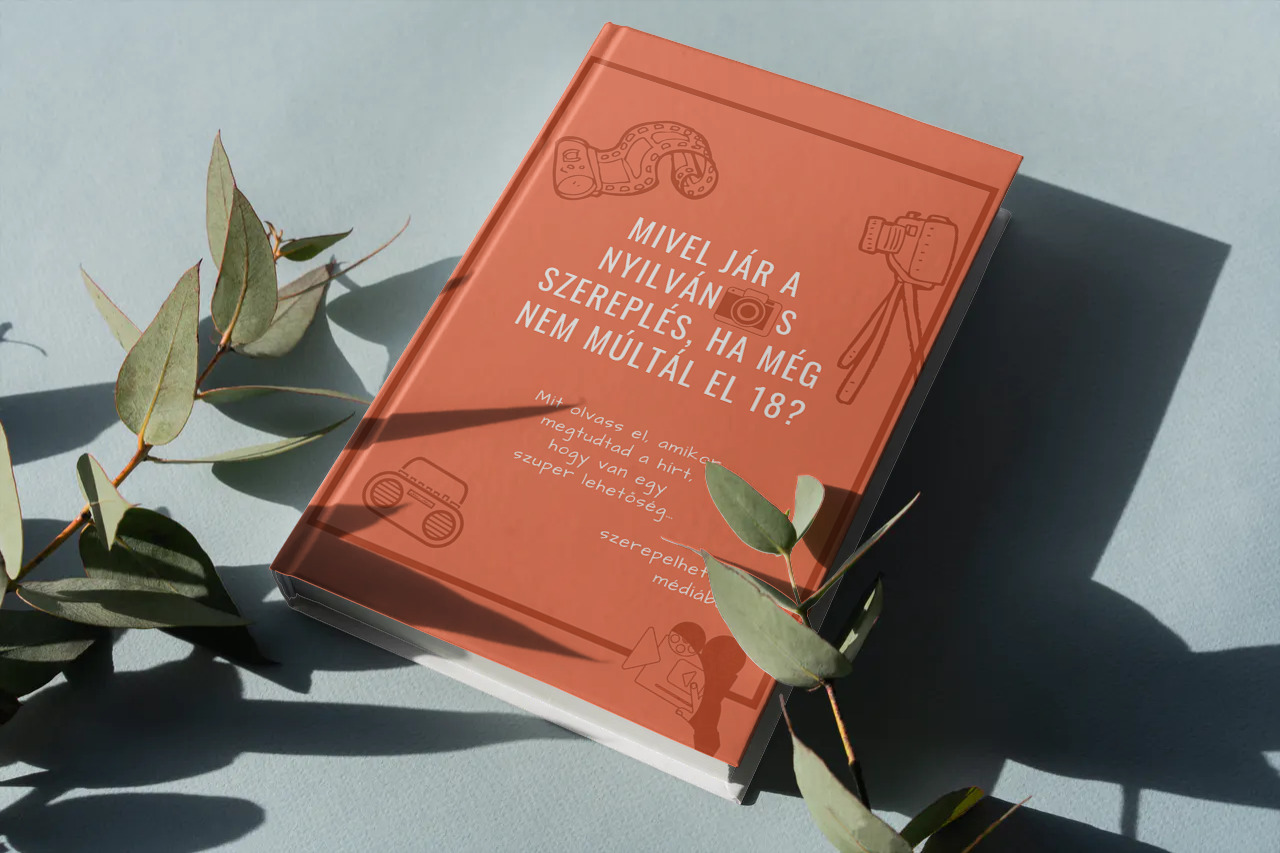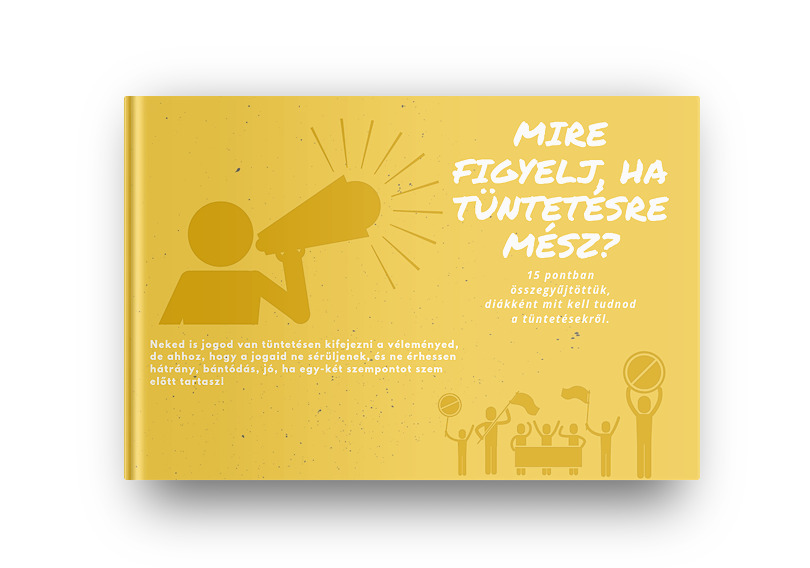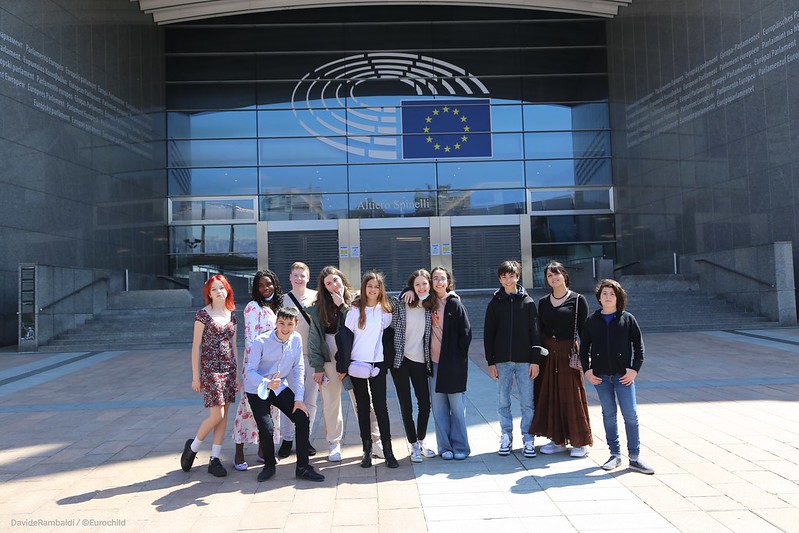The ‘How do you see it?’ project facilitated children’s participation in the reporting to the UN Committee on the Rights of the Child for the first time in Hungary. It aimed to consult children about growing up in Hungary and present the findings to the UN. The research – in which almost 5300 children participated nationwide – was paired with a wide-spread awareness-raising campaign. Child Rights Ambassadors represented the report in the UNCRC Pre-Session, in the Ministry of Human Capacities, in social media and in many professional forums. The campaign received great media coverage and following the meetings in the Ministry, child rights activists were invited to the government’s official consultation forum, the Thematic Working Group on the Rights of the Child. The project shows how a national participatory research, advocacy and awareness-raising campaign can support each other.
Learn more about the campaign!
Get familiar with the children’s opinion! Read the research report and see downloadable materials, videos, infographics
Download the Hungarian publication for children that summarizes the results and compares them with the Concluding Observations of the UN Committee
To find out more about the theoretical and methodological background of the campaign, read the campaign description
When did it run?
The campaign was launched on 20 November 2018, and the report was submitted to the UN and presented to the public in September 2019. A child-friendly report was published in March 2020 that compared the results to the UN Concluding Observations. The project will be continued for the upcoming child rights monitoring rounds, and a mid-term report is also planned.Who ran the project?
Hintalovon Child Rights Foundation initiated and coordinated the project, but member organisations of the Hungarian Child Rights NGO Coalition also contributed. Special effort was made to build partnerships and cooperate with other NGOs, student groups, educators, especially with those who work with more vulnerable groups. Governmental, public and private sectors were addressed, too.
No special funding was used. The project is the result of volunteer work by civilians, high school students and university students. The online advertising of the questionnaire was covered by a pro bono offering of 180,000 HUF from Facebook.
What was the aim?
The primary aim of the project was to learn and present the views of as many children as possible for the UN Committee on the Rights of the Child and promote evidence-based advocacy and decision-making in Hungary. Secondly, the project aimed to raise awareness of children’s rights, and thirdly, to promote cooperation among the various sectors working with and for children.
What was the research about?
Children could express their views on different areas of their life: school, safety, information, opinion, leisure, family, health, equal opportunities and future. The topics of the research were based on child rights clusters, the questions from the UN Committee (LOIPR), suggestion of the participating children and by hot topics in public discourse.
What was the result of the survey?
- 9 out of 10 children do not enjoy learning, 2 do not have any leisure time.
- 2 out of 3 children say that much of what they learn at school is useless.
- One in five children does not play sports, play music, or engage in leisure activities because of lack of time.
- 8 out of 10 children feel that their views are taken into account in family decisions. Only half of the children in the school experience the same, and a quarter of the children in local, national issues (such as education, crime prevention, etc.).
- Every 5th child does not feel safe at school.
- Children primarily want more acceptance and attention in order to have a better chance.
- Half of the children are satisfied with the amount of time they spend with their family.
- Every third child was dissatisfied with medical care, which was primarily due to human factors.
- 4 out of 10 respondents felt they needed help with their mental, mental, or alcohol, drug, or addiction problems, and only half of them asked for help.
- Half of the children (47%) spoke of sexuality in the family, and this was even more taboo at school (40%).
- The three main concerns for the future with children are not finding a job (43%), climate change (40%) and war or terrorist attacks (39%).
- According to the children, the 3 most important things that Hungary can do to improve the situation of children are high quality education and good job opportunities (77%), more opportunities to influence the country’s future (43%), and environmental measures (38%).
- How many children participated?
- 5230 children took part in the survey, 70%: 15-17y, 29% 10-14y, 1%, 9y and under. 70% girl, 29% boy, 1% non-binary, 20% capital. Among them, 215 children filled in the version that was tailored to the deaf and hard of hearing or marked that they have some disabilities.
- 50 disadvantaged or disabled children participated in focus groups. They were addressed specifically to enhance inclusiveness among those who could not participate otherwise due to difficulties accessing or using Internet.
How did the Child Rights Ambassadors contribute?
Six Child Rights Ambassadors participated in the design, coordination, realization and representation of the project. Child Rights Ambassadors contributed to the content and phrasing of the survey, finding out the name and image/visual of the campaign as well as planning the awareness-raising campaign. They have been very active on social media, promoted the survey in their schools, analysed the results in several meetings to support the authors of the research report. They represented the findings to various audiences: children, decision-makers, professionals, journalists.
Child Rights Ambassadors met weekly during the school time and spent a 2-day camp during Summer vacation with preparation. Their volunteer program includes child rights and capacity building trainings. For instance, they participated in special trainings about media interview, presentation, social media engagement.
Apart from Hintalovon’s child volunteers, some students from two other NGOs (Kék Vonal and the Foundation for Limbless Children) joined the campaign in February 2019. Campaign toolkit was developed to facilitate the participation of any children /organisations at various levels, including templates, creative materials, methodological recommendations.
What was its impact?
- Hungary’s first individual children’s report was submitted to the UN, and Hungarian children participated in the UNCRC Pre-session the first time
- Almost 5300 children participated in the research and 6 children were directly involved in the project management
- 18 partner NGOs or student organizations contributed to the project
- It reached approx. 150 media appearance
- 2 personal meetings were held in the Ministry of Human Capacities and children were invited to the government’s official consultation forum, the Thematic Working Group on the Rights of the Child
- Reference was made to children’s priorities in the Concluding Observation published by the UN Committee on the Rights of the Child
- It is shortlisted for the Civil Prize for the best advocacy campaign of 2019 (award-winning ceremony will be in Autumn 2020)
What influenced the methodology?
The principles of meaningful participation (UNCRC General Comment No. 12. 2009). For instance, to ensure inclusiveness by launching an open call, to ensure transparency by using awareness-raising campaign, to make it child-friendly by choosing an anonymous, online form, etc.
Offering children an opportunity to get involved at various levels: at consultation, cooperation and child-led level alike.
The lack of knowledge on child rights among children and adults, as well as the lack of knowledge about UN procedures, human rights monitoring, advocacy options and accountability. The lack of reliable student network in Hungary. Learn more in the background report.
What was the awareness-raising campaign about?
Numerous awareness-raising materials and information sheets were prepared for children and adults about child rights and the monitoring procedure and to encourage participation, primarily to fill out the survey. A booklet for teachers, and a campaign toolkit (including letter templates, infographics, banners, methodological recommendations) were developed and shared. An independent Facebook page was launched. The research results were disseminated through the mainstream media, social media, professional network and conferences, academic and child-friendly publications.
If you are interested, contact us!
